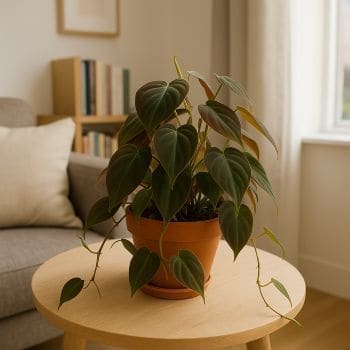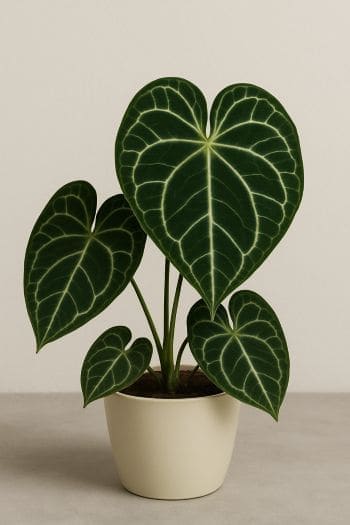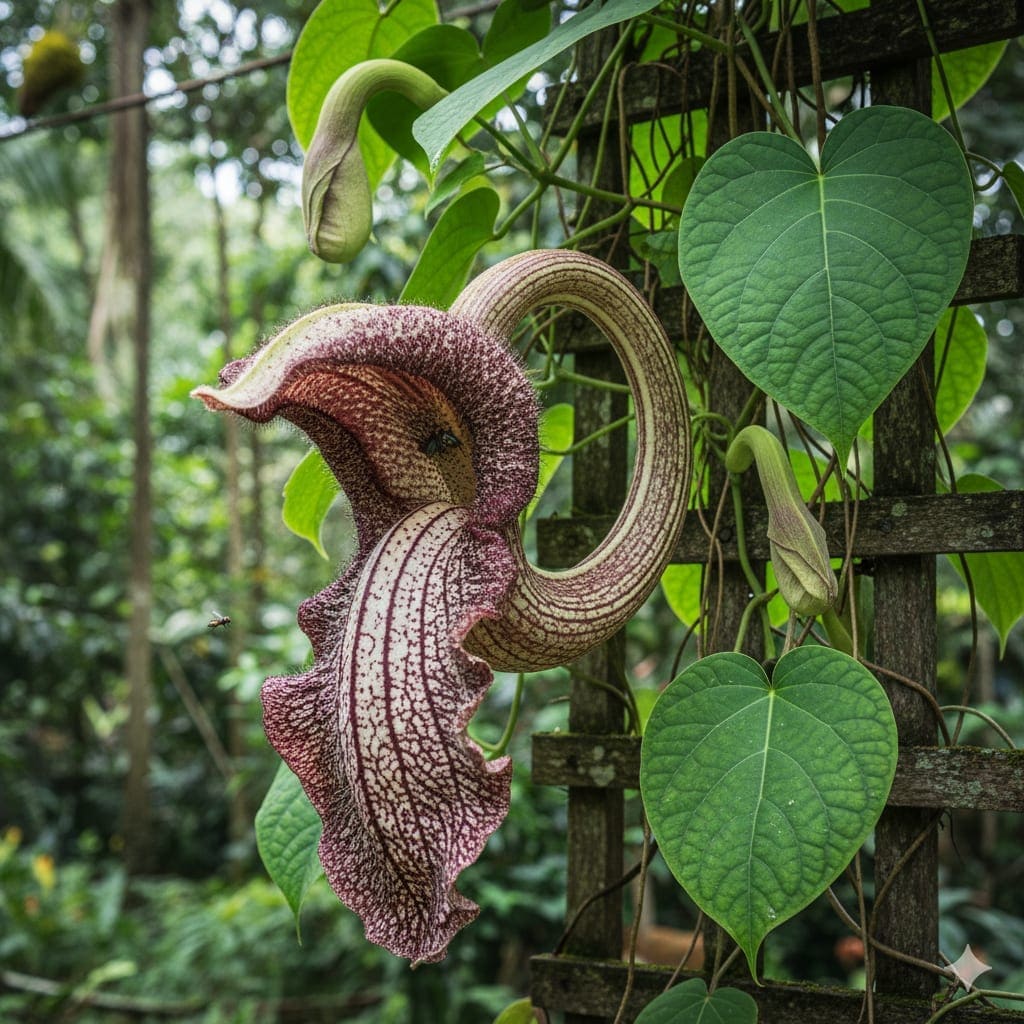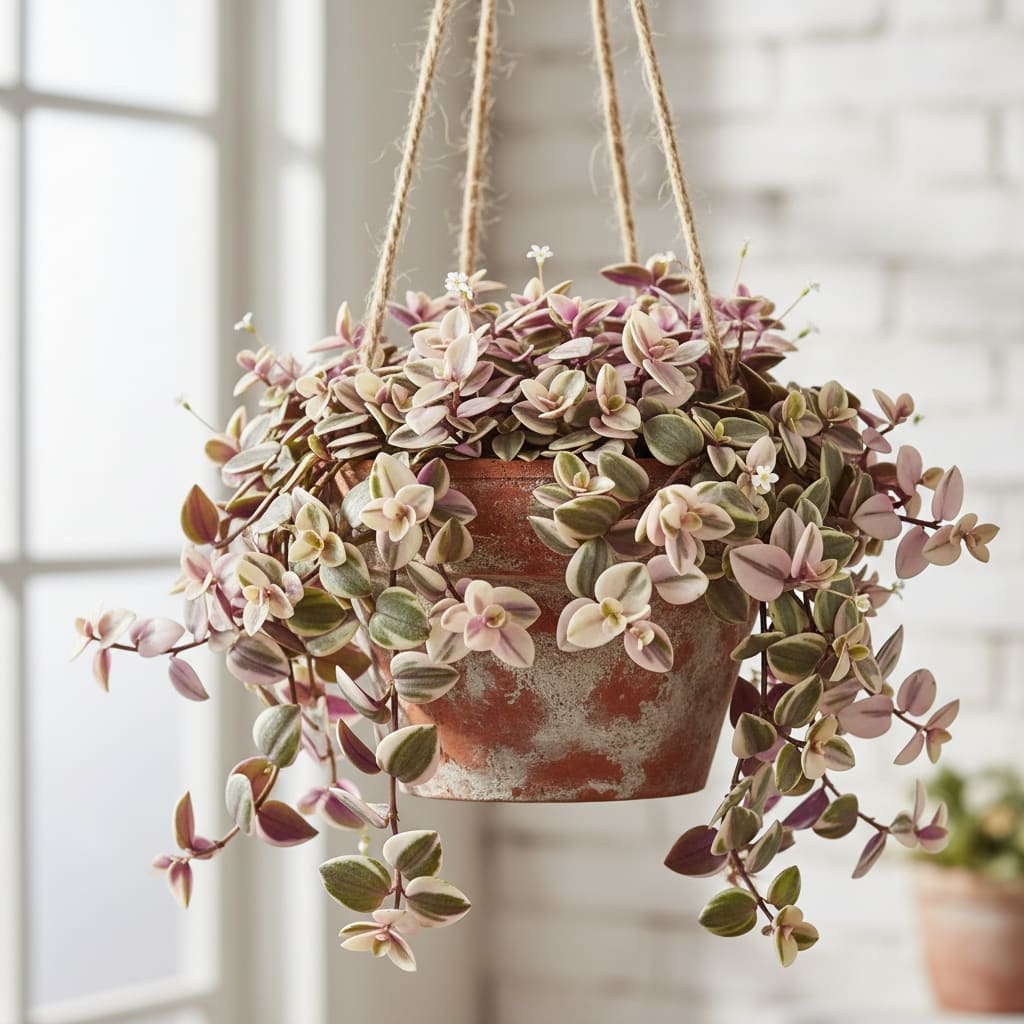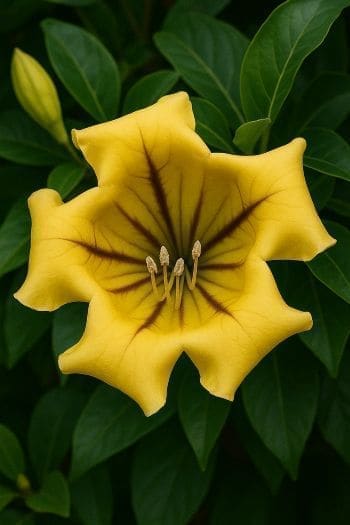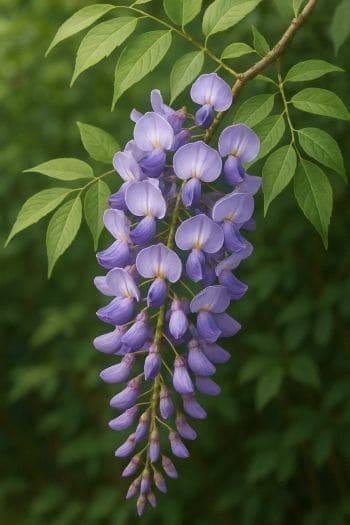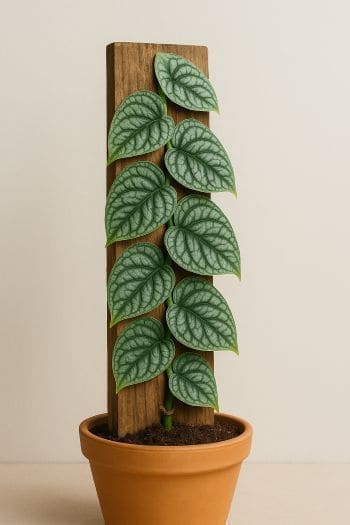Philodendron hederaceum ‘Micans’ Care & Growing Guide
Overview
Philodendron hederaceum ‘Micans’ is a trailing tropical plant prized for its soft, velvety leaves that shimmer with green, bronze, and reddish tones. Native to the warm, humid forests of Central and South America, this variety of heartleaf philodendron is adaptable, low-maintenance, and perfect for both beginner and experienced indoor gardeners. Its cascading vines make it ideal for hanging baskets, shelves, or trained up a support.
Known for its iridescent foliage, the Micans thrives in bright, indirect light and moderate watering. With proper care, it can grow vigorously, producing long, elegant stems that bring a lush, tropical feel to any space.
Identification & Growth Habit
Philodendron Micans is a trailing and climbing plant. In its natural habitat, it climbs trees using aerial roots, but indoors it often trails from containers or can be trained to climb a moss pole or trellis. Its leaves are:
- Heart-shaped, 2–4 inches long
- Velvety in texture due to microscopic hairs
- Green with bronze overtones and reddish undersides
- New growth often appears with a coppery hue
Stems are slender and flexible, making them easy to direct along supports or allow to drape naturally.
Light & Placement
Provide bright, indirect light for the richest coloration and healthiest growth. Medium light is tolerated, but growth may slow and leaf colors may deepen to a more uniform green. Avoid direct sun, which can scorch and fade the delicate foliage.
- East- or north-facing windows are ideal.
- In south- or west-facing rooms, place the plant a few feet back from the window or filter light with sheer curtains.
- Rotate the plant every few weeks to encourage even growth.
Watering & Humidity
Water when the top 2–3 inches of soil feel dry to the touch. This typically means once a week, but frequency varies with temperature, light, and humidity. Overwatering can cause root rot, while underwatering may cause leaves to curl inward or droop.
- Use room-temperature water.
- Empty saucers after watering to prevent soggy soil.
Humidity: Prefers 50–60% relative humidity. Increase humidity by:
- Placing near a humidifier
- Setting the pot on a pebble tray with water
- Misting leaves occasionally
Soil & Repotting
Use a well-draining, airy mix rich in organic matter. A recommended blend is equal parts potting soil, perlite, orchid bark, and peat moss or coco coir. This ensures both moisture retention and adequate drainage.
Repot every 1–2 years or when roots fill the container. Choose a pot 1–2 inches larger in diameter than the current one, with drainage holes to prevent waterlogging.
Fertilizing
Feed with a balanced, all-purpose liquid fertilizer every 4–6 weeks during spring and summer. Dilute to half the recommended strength to avoid fertilizer burn. Reduce feeding in fall and winter when growth naturally slows.
Pruning & Training
Prune to control length, encourage bushier growth, and remove any damaged or yellowing leaves. Use clean, sharp scissors or pruning shears.
- Trailing: Allow stems to cascade from shelves or hanging baskets.
- Climbing: Train stems up a moss pole, trellis, or other support. Secure with soft ties as needed.
Regular pinching of stem tips encourages branching and fuller foliage.
Propagation
Philodendron Micans is easy to propagate by stem cuttings. Here’s a step-by-step guide:
- Select a healthy stem with at least one node and one or two leaves.
- Cut just below the node using clean scissors.
- Place the cutting in water or directly into moist, well-draining soil.
- If rooting in water, change the water every few days to keep it fresh.
- Roots typically develop in 2–4 weeks.
- Once roots are 1–2 inches long, transplant into a pot with the recommended soil mix.
Common Problems
Pests
- Spider mites: Look for fine webbing and stippled leaves. Treat with insecticidal soap or neem oil.
- Mealybugs: White, cottony clusters on stems and leaf joints. Remove manually and treat with horticultural oil.
- Aphids: Small green or black insects on new growth. Rinse off with water and apply insecticidal soap if needed.
Diseases
- Root rot: Caused by overwatering. Remove affected roots, repot in fresh soil, and adjust watering practices.
- Leaf spot: Brown or yellow spots may indicate fungal or bacterial issues. Remove affected leaves and improve air circulation.
Toxicity & Pet Safety
Philodendron Micans is toxic to cats, dogs, and humans if ingested due to calcium oxalate crystals. Keep out of reach of pets and children, and handle with care when pruning.
Styling & Decor Tips
- Hang in a macramé planter to showcase trailing vines.
- Place on a high shelf for a cascading effect.
- Train up a moss pole for a vertical, tropical display.
- Pair with plants of contrasting leaf shapes for visual interest.
Varieties & Cultivars
Philodendron Micans is itself a cultivar of Philodendron hederaceum. Related varieties include:
- Philodendron hederaceum ‘Brasil’: Green leaves with yellow variegation.
- Philodendron hederaceum ‘Lemon Lime’: Bright chartreuse foliage.
- Philodendron hederaceum (green form): Classic glossy green leaves without velvety texture.
Buying Tips & Maturity
When purchasing, look for plants with vibrant, blemish-free leaves and no signs of pests. Check that stems are firm and roots are not circling tightly in the pot. Young plants may have smaller leaves; with maturity and good care, leaves become larger and more richly colored.
Seasonal Care
- Spring/Summer: Active growth period. Increase watering frequency, fertilize regularly, and consider repotting if rootbound.
- Fall/Winter: Growth slows. Reduce watering and stop fertilizing until spring. Keep away from cold drafts and maintain humidity.
FAQ
- How fast does Philodendron Micans grow? In ideal conditions, it can produce several inches of new vine growth per month during the growing season.
- Can Philodendron Micans live in low light? It tolerates medium light but may lose some of its vibrant coloration and grow more slowly.
- Should I mist my Philodendron Micans? Occasional misting can help with humidity but is not a substitute for maintaining overall ambient humidity.
- Why are my Micans leaves turning yellow? Common causes include overwatering, poor drainage, or nutrient deficiencies. Check soil moisture and adjust care accordingly.
- Can I grow Philodendron Micans outdoors? Only in warm, frost-free climates with filtered light; otherwise, keep it as a houseplant.
